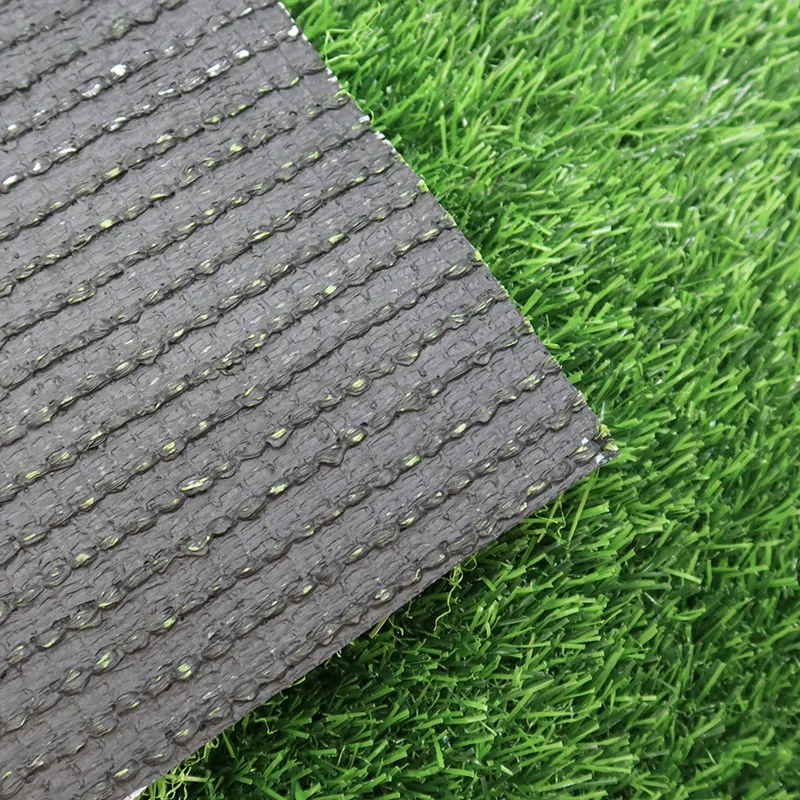
- Afrikaans
- Arabic
- Belarusian
- Bengali
- Czech
- Danish
- Dutch
- English
- Esperanto
- Estonian
- Finnish
- French
- German
- Greek
- Hindi
- Hungarian
- Icelandic
- Indonesian
- irish
- Italian
- Japanese
- kazakh
- Rwandese
- Korean
- Kyrgyz
- Lao
- Latin
- Latvian
- Malay
- Mongolian
- Myanmar
- Norwegian
- Persian
- Polish
- Portuguese
- Romanian
- Russian
- Serbian
- Spanish
- Swedish
- Tagalog
- Tajik
- Thai
- Turkish
- Turkmen
- Ukrainian
- Urdu
- Uighur
- Uzbek
- Vietnamese
football grass price
Nov . 14, 2024 04:12 Back to list
The Price of Football Grass An Analysis of Costs and Considerations
In the modern world of sports, the playing surface can often be as critical as the athletes themselves. In football, whether played professionally or recreationally, the type of grass used for pitches can make a significant difference in performance, safety, and overall experience. As such, understanding the costs associated with football grass, including installation, maintenance, and replacement, is essential for clubs, organizations, and even individual players who wish to invest in a quality playing field.
Initial Investment Types of Grass and Their Costs
When it comes to football grass, there are primarily two categories natural grass and artificial turf. Each type has its own pricing structure based on installation requirements, long-term durability, and maintenance demands.
Natural Grass The cost of natural grass can vary significantly depending on the type chosen (Bermudagrass, Perennial Ryegrass, Kentucky Bluegrass, etc.) and regional climate conditions. On average, the cost of installing natural grass can range from $1 to $3 per square foot. This includes soil preparation and the grass itself. For a standard football pitch of about 100,000 square feet (approximately 1.5 acres), the initial investment can be between $100,000 to $300,000.
Artificial Turf In contrast, artificial or synthetic turf comes with a higher upfront cost but offers benefits that may justify the price over time. The cost of installing synthetic grass can range from $5 to $10 per square foot, leading to total costs of $500,000 to $1,000,000 for a full-sized pitch. This price often includes the underlying infrastructure, drainage systems, and the turf itself.
Maintenance Costs Natural vs
. ArtificialOne of the most important considerations when evaluating the price of football grass is ongoing maintenance costs. Natural grass requires significant upkeep, especially in terms of watering, mowing, fertilizing, and pest control. Depending on the location, this can add an additional $10,000 to $30,000 annually. Natural pitches are also prone to wear and tear, which necessitates regular overseeding and patching, further increasing costs.
On the other hand, artificial turf cuts down maintenance requirements considerably. While it does require periodic brushing, cleaning, and infill replacement, the annual maintenance costs are typically lower, ranging from $5,000 to $15,000. Moreover, synthetic fields can endure heavy use without deteriorating, making them an attractive option for schools and recreational facilities with high traffic.
football grass price

Longevity and Replacement
The lifespan of football grass is another critical factor in determining its long-term cost. Natural grass can provide a playable surface for many years with proper care, but it may need to be entirely replaced every 5 to 10 years depending on usage and climate conditions.
In contrast, artificial turf is designed to last much longer—often 10 to 15 years, or more with proper care. However, at the end of its lifespan, the pitch may require complete replacement, which involves similar costs as the initial installation.
Environmental Considerations
Apart from financial implications, the selection of grass for football also has environmental impacts. Natural grass provides benefits such as cooling the surrounding area, improving air quality, and fostering biodiversity. However, it requires water and pesticides, which can have ecological repercussions.
Conversely, while artificial turf may help conserve water, its production involves plastic materials and though less common, there are environmental issues regarding disposal at the end of its life cycle. As environmental awareness grows, clubs are finding themselves considering not only the price but also the footprint of their playing surfaces.
Conclusion
In sum, the price of football grass encompasses more than just initial installation costs; it's a complex interplay of maintenance, longevity, environmental considerations, and overall usage patterns. Organizations must weigh the pros and cons of natural versus artificial options while considering their specific needs, budgets, and environmental responsibilities. Ultimately, investing in quality grass is an investment in the future of the sport, ensuring that players have the best possible surface to showcase their talents while minimizing costs and environmental impact.
-
The Benefits of Artificial Turf for Indoors
NewsJul.15,2025
-
How Artificial Grass Suppliers Ensure Quality Products
NewsJul.15,2025
-
Artificial Grass and Pets: A Space for Relaxation
NewsJul.08,2025
-
Balcony & Outdoor Decoration with Artificial Grass
NewsJul.08,2025
-
Best Indoor Artificial Grass for Home
NewsJul.07,2025
-
Best Pet Turf for Dogs: Safe & Durable Artificial Grass Options
NewsJul.07,2025
Products categories









